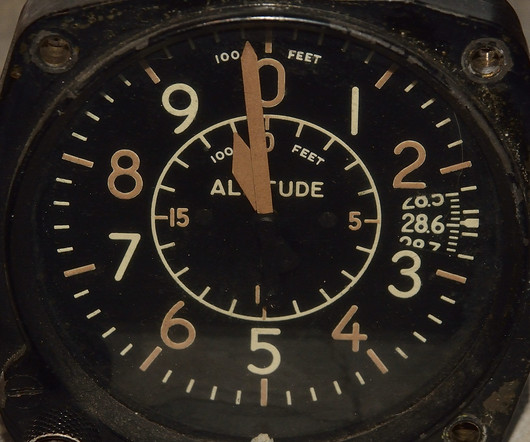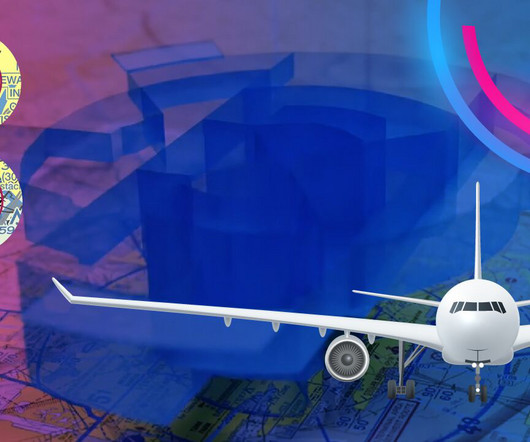Most Frequently Missed Private Pilot Written Test Questions—January 2025
Flight Training Central
FEBRUARY 14, 2025
No airplane or helicopter traffic No helicopter traffic No airplane traffic Correct! Based upon the altitude indicated by altimeter #3, which course direction is appropriate for this VFR cruising altitude? 3,823 feet MSL the surface 700 feet AGL Correct! Let’s get to the quiz! Refer to Figure 82.) 080 magnetic.




















Let's personalize your content